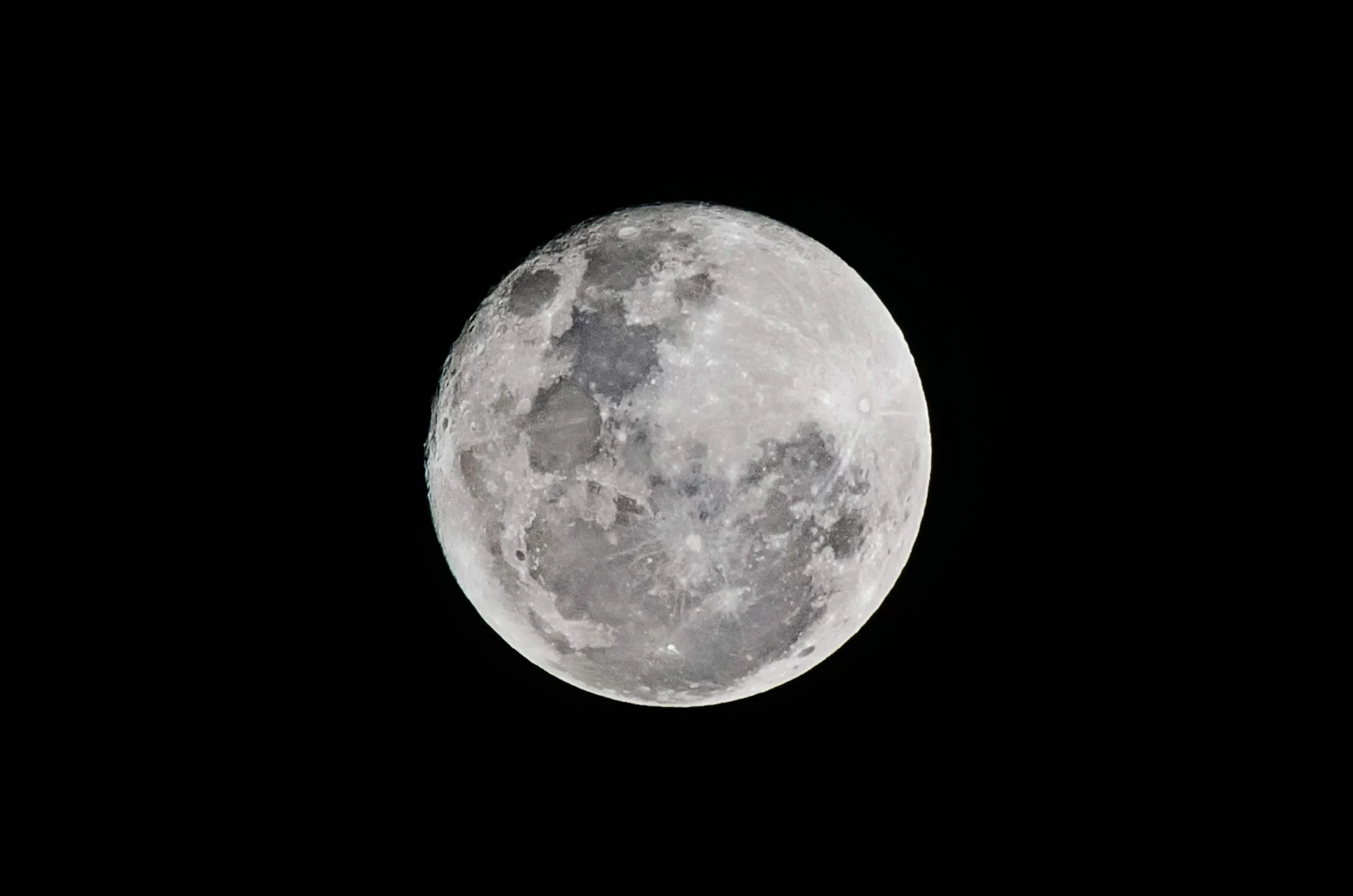5/1/25
ABSTRACT
Following decades of successful space missions, humanity’s focus is increasingly shifting from short-term exploration to establishing a permanent extraterrestrial base through lunar industrialization. Lunar industrialization is a highly advanced technological endeavor; enabling the technology needed to weld on the Moon marks the first step in actualizing its potential. The lunar environment presents unique conditions that make it more challenging to replicate processes that are easily implemented on Earth, such as welding. Although the Moon lacks an atmosphere or biosphere and won’t experience the same environmental effects as Earth from increased industrial activity, it doesn’t mean that lunar industrialization is environmentally harmless. This debate is complex, with both sides raising valid concerns, balancing the potential for scientific progress against the ethical need for preservation.
INTRODUCTION
Space exploration serves as the basis for expanding humanity’s understanding of the universe. Following decades of successful space missions, humanity’s focus is increasingly shifting from short-term exploration to establishing a permanent extraterrestrial base through lunar industrialization. Lunar industrialization is a highly advanced technological endeavor; enabling the technology needed to weld on the Moon marks the first step in actualizing its potential. A recent NASA grant of $750,000 awarded to Assistant Professor Wei Li, Ph.D., at the University of Texas will fund the creation of a virtual platform that simulates the complications of welding in the lunar environment.
Welding is a fabrication process that fuses two or more parts by means of heat or pressure. It catalyzed the Industrial Revolution, which enabled mass construction of structures and machinery. Extending this process for application beyond Earth unlocks numerous possibilities for space development, permitting the development of permanent structures, such as landing pads and power stations. Rather than attempting to transport substantial structures directly–an approach that is both costly and risky– components can be delivered in modular form and assembled on-site.
The lunar environment presents unique conditions that make it substantially more challenging to replicate processes that are easily implemented on Earth, such as welding. For instance, there is no air or pressure in space, which means shielding gases used to protect the molten metal on Earth are unable to remain contained and would immediately dissipate into the vacuum of space. In addition, the Moon’s gravity is much weaker than Earth’s, causing molten metal to behave and spread unpredictably. Finally, the Moon faces extreme temperatures, ranging from hot days (121ºC) to cold nights (-133ºC). With no atmosphere to aid in cooling, welds can only release heat through radiation and conduction. If the welds cool too fast, they might crack.
While the potential to green-light the assembly of large, pressure-tight habitats, fuel tanks, telescopes, and repair structures is great, it is critical to examine the broader implications of this technological leap. The Industrial Revolution on Earth brought immense technological and economic growth, but it also contributed to the acceleration of climate change. The rise in industrial activity, primarily from the burning of fossil fuels, significantly increased greenhouse gas emissions, leading to long-term environmental consequences. Although the Moon lacks an atmosphere and does not experience the same environmental effects as Earth from increased industrial activity, lunar industrialization can still adversely impact the environment. Permanent surface damage, dust pollution, and contamination of scientifically valuable sites are just some of the environmental concerns linked to lunar industrialization.
Lunar industrialization has sparked a debate among professionals, creating two sides with strong opinions on the matter. On one side, scientists and ethicists argue that a better understanding of the Moon is necessary prior to making any changes to it through industrial activity. The Moon serves as a well-preserved record of the early solar system and Earth’s history. Unlike Earth, which has been reshaped by plate tectonics and erosion, the Moon’s surface has remained largely unchanged for billions of years, preserving nearly every crater. Many of these craters date back to the Late Heavy Bombardment, an era around four billion years ago when asteroids bombarded the Moon and Earth. The Moon may also hold valuable clues about the origins of life on Earth. Some researchers believe meteorites from Earth may have delivered microorganisms or atmospheric elements to the Moon, which could be preserved in lunar soil or ancient lava deposits.
On the other hand, engineers and space agencies argue that lunar industrialization is essential to understanding the Moon. By establishing infrastructure across various lunar regions, industrialization would lead to deeper exploration of the Moon’s surface. In addition, it would unlock the potential for In-Situ Resource Utilization (ISRU). ISRU is a strategic approach aimed at acquiring, processing, and utilizing resources already present on the Moon or Mars, it reduces the need to export mission-critical supplies from Earth. The goal of ISRU is to understand the availability of local resources, such as water, regolith, metals, and construction feedstocks, to determine how they can be transformed into usable commodities, such as rocket fuel or life support. ISRU lowers the cost and risk of lunar missions while supporting a long-term human presence, resulting in infrastructure being built and locally sustained.
This debate is complex, with both sides raising valid concerns. Which is to be more valued: progress or preservation? History has shown that industrialization, while transformative, has often come at a cost, the most apparent being the degradation of Earth’s environment and climate change. The first international treaty aimed at addressing climate change, the United Nations Framework Convention on Climate Change (UNFCCC), was only created on March 21, 1994. This was over 150 years after the Industrial Revolution ended. Just as humanity waited more than a century to acknowledge and respond to the damage done on Earth, there is a growing concern that the same mistake will be made in space.

